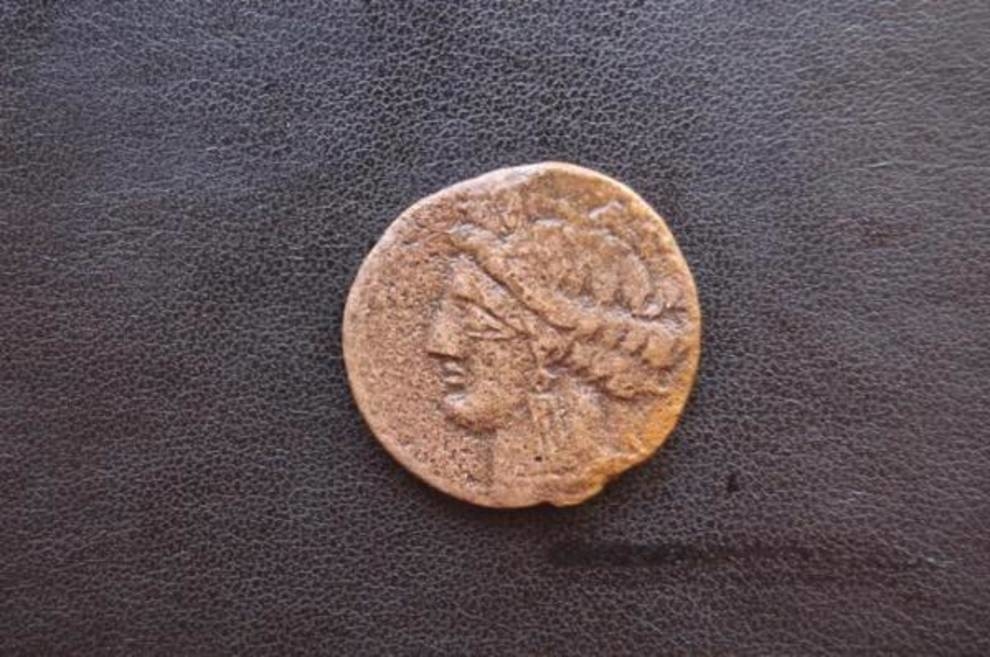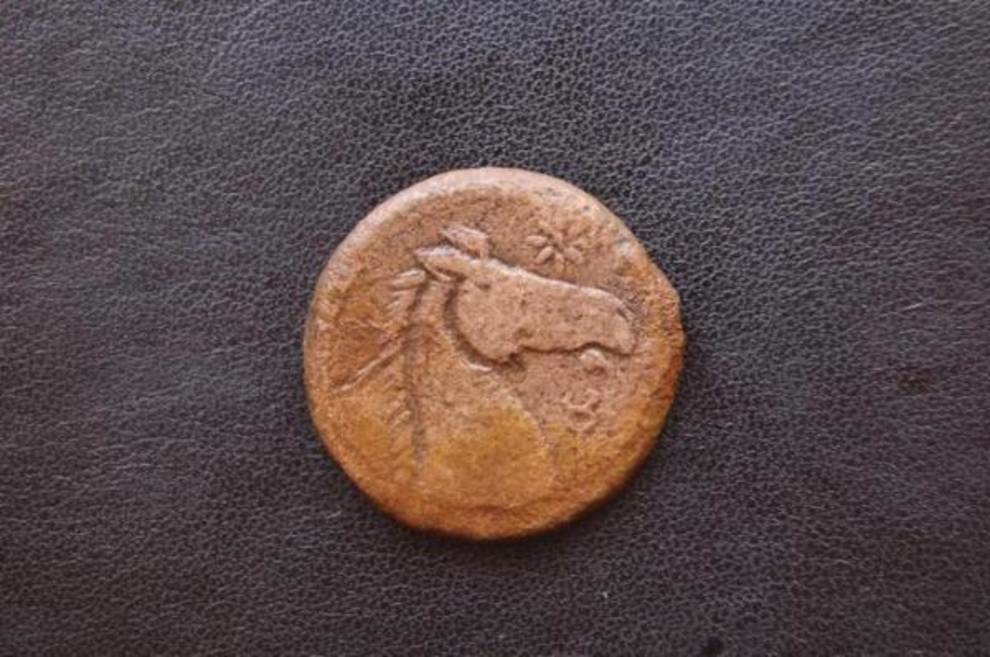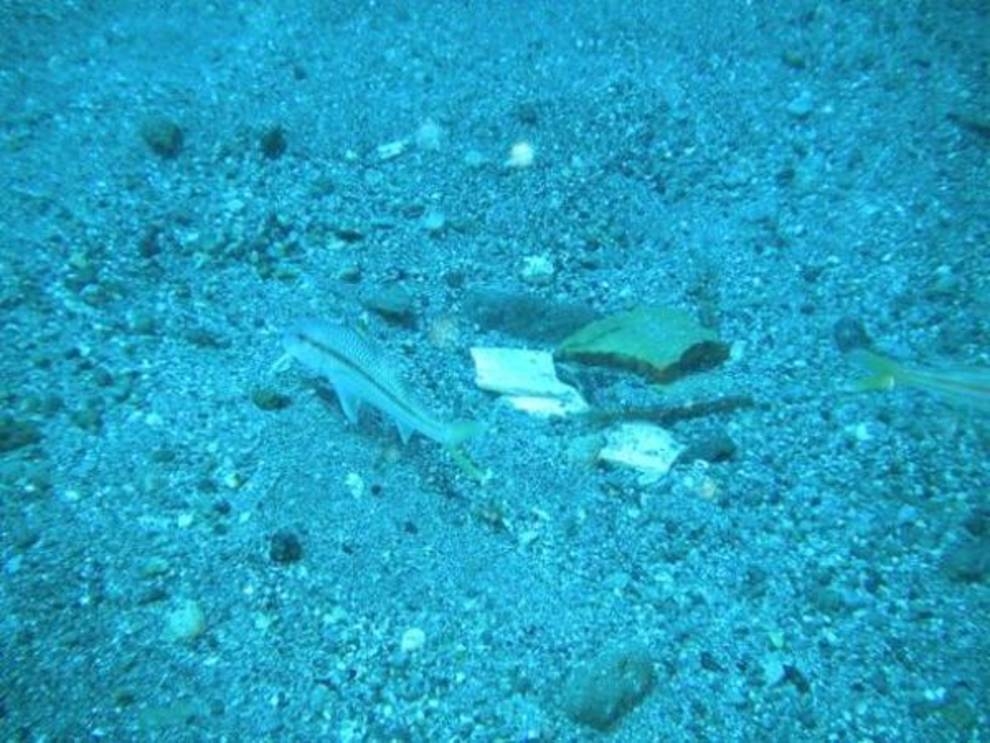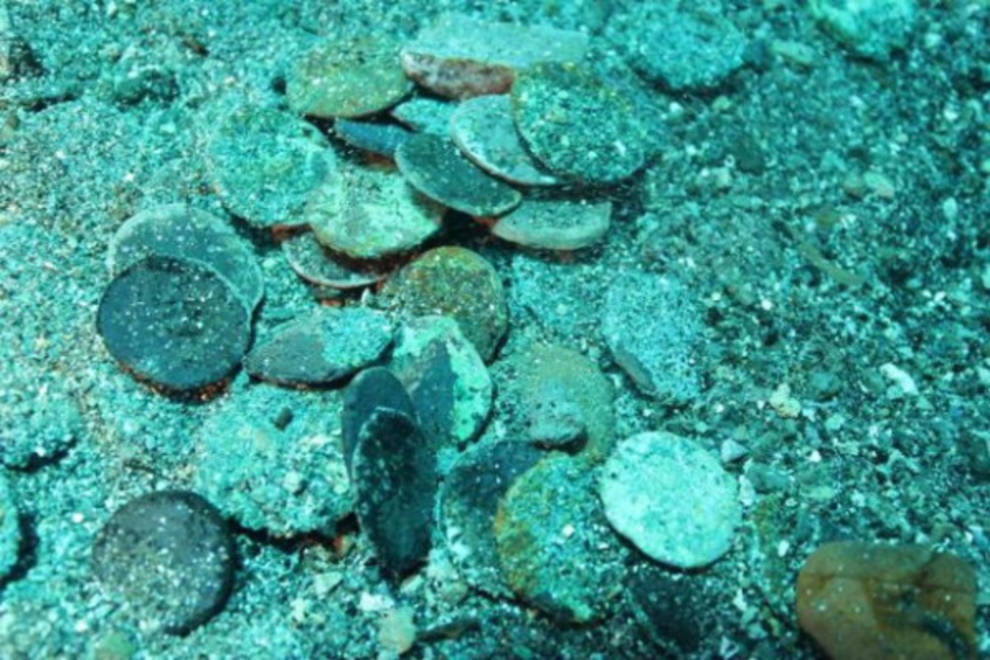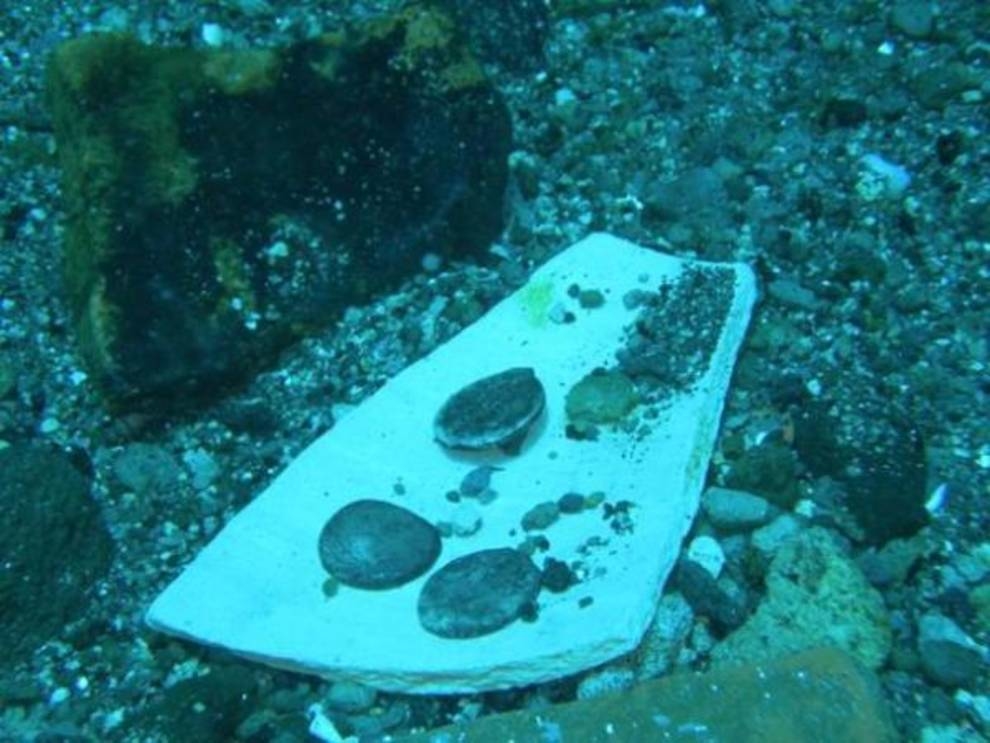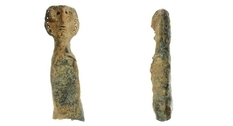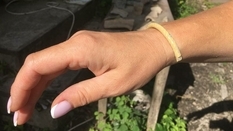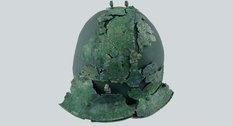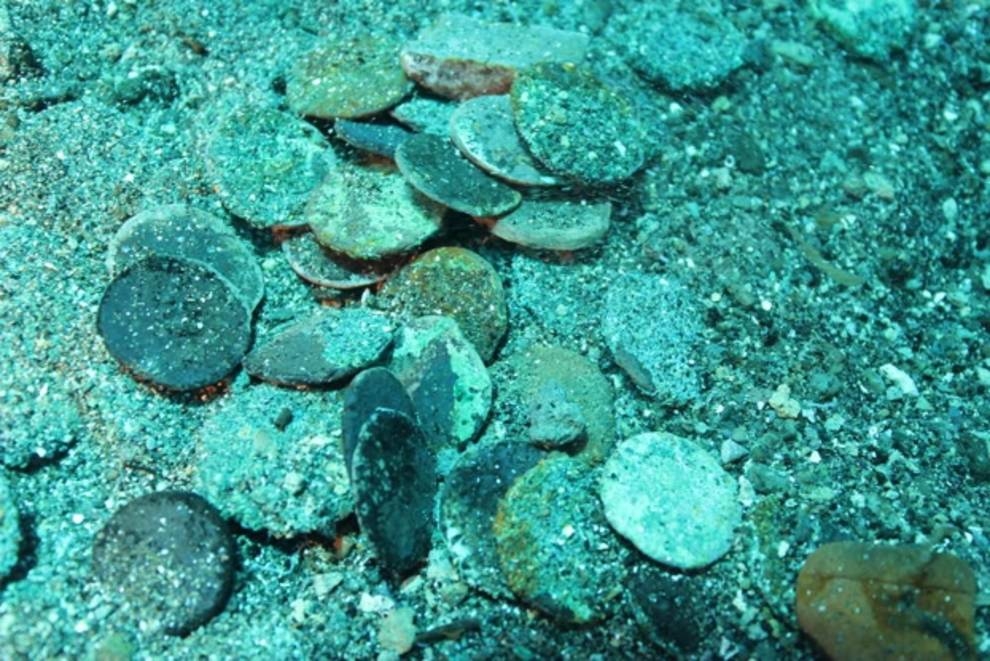
Monetary Treasure of the Punic Wars
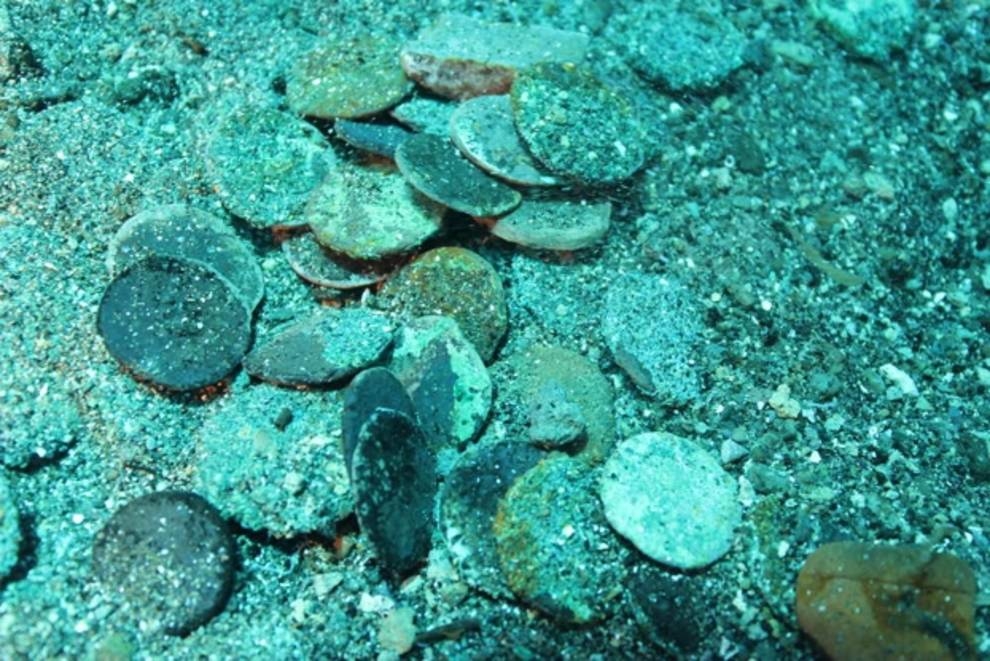
Photo © apxeo.info
In 2011, Italian archaeologists managed to raise from the bottom of the Mediterranean Sea more than 3,000 ancient bronze coins.
The exact location of the treasure is the area of the Sicilian island of Pantelleria. It is located in the Sicilian Strait of the Mediterranean Sea, 100 km south-west of Sicily and only 70 km east of the African coast (Tunisia).
At one time, the island was an apple of discord between the Romans and the Carthaginians. In 255 BC. e. during the First Punic War, Rome seized it, but lost it a year later.
In 217 BC. Oe., in the Second Punic War, the Roman control over the island was finally established. In honor of this event, commemorative coins were issued and a large-scale celebration was organized.
During Roman times, the island was used as a reference point for important officials and members of the imperial family.
3422 Carthaginian copper coins were discovered by chance: during the laying of the next seabed route by Italian archaeologists. According to them, they were minted in 264-241 BC.
What is surprising, on all coins from the treasure is the same image. On one side is Cora (Tanit), the ancient fertility goddess who was worshiped by the Carthaginians from the middle of the 6th century BC. e. On the other is a horse's head surrounded by stars, letters, and a caduceus, that is, a rod crowned with two wings and entwined with two snakes. The latter served as the symbol of Hermes, the messenger of the gods in Greek mythology.
The head of the excavation, Leonardo Abelli, suggested that the money was brought in by government officials. Otherwise, the treasure would contain different types of coins. Perhaps it was a payment to those who fought against the Roman influence on the island.
Probably something went wrong during the voyage, and the Carthaginians decided to hide the treasure in relatively low water in the hope of returning. This is indicated by a stone anchor that was found near coins.

